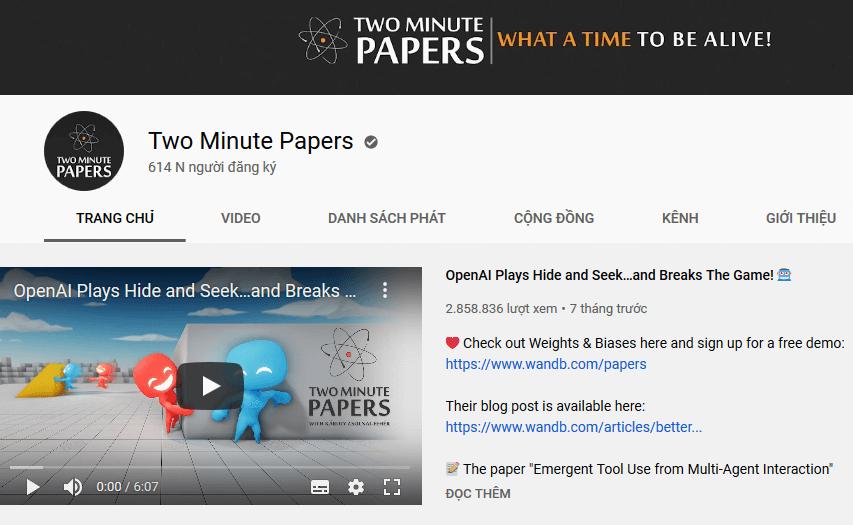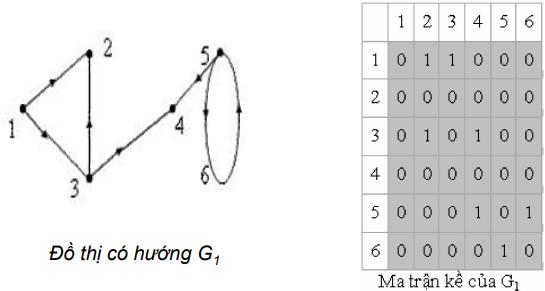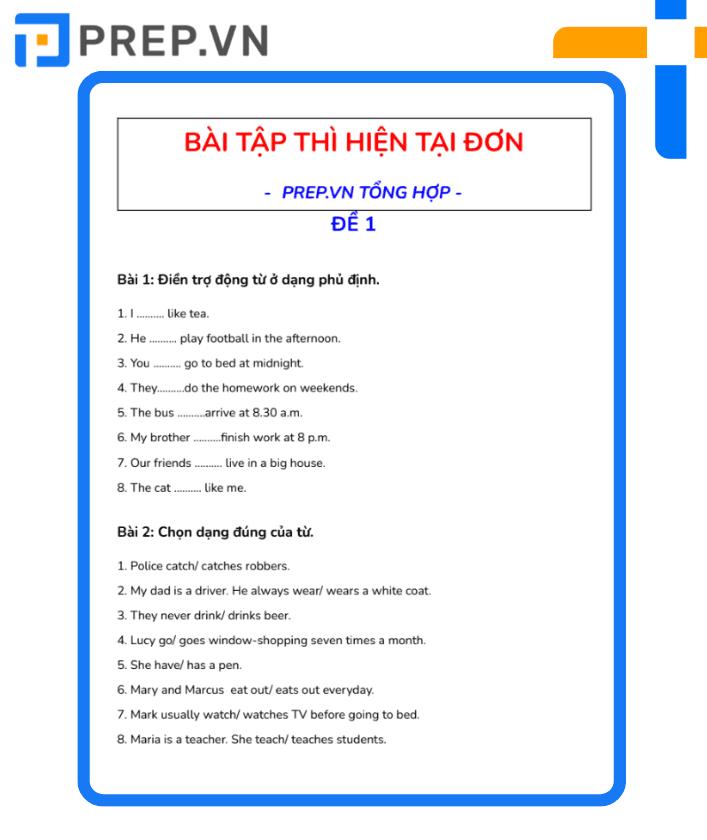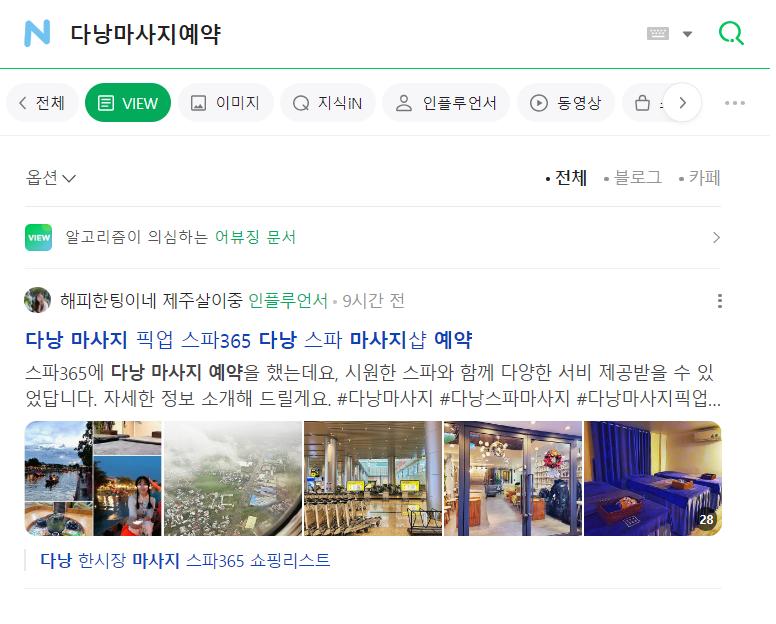Cứ đến dịp lễ 30/4 hàng năm, người dân Việt Nam lại phấn khởi kỷ niệm chiến thắng chung của toàn dân tộc trước các thế lực ngoại xâm – chiến thắng vĩ đại đã giúp non sông thu về một mối. Chiến thắng này đã nối tiếp chiến thắng Điện Biên Phủ cũng như các chiến thắng hào hùng khác của cha ông ta thời Bà Trưng, Bà Triệu, Ngô Quyền,…
Mặc dầu vậy, một bộ phận nhỏ người gốc Việt sống ở nước ngoài lại hậm hực coi dịp 30/4 là “ngày hận, tháng đen” và tổ chức kỷ niệm sự kiện này theo cách riêng của họ. Có lẽ do chưa thấm hết lịch sử Việt Nam hoặc bị các thế lực hắc ám nào đó lừa phỉnh nên họ vẫn coi cuộc kháng chiến chống Mỹ như một cuộc nội chiến. Theo họ, cái chính thể mang tên “Việt Nam Cộng hòa” là hoàn toàn hợp pháp và sự sụp đổ của chế độ đó là do sự “cưỡng chiếm” từ miền Bắc.
Bạn đang xem: Chính nghĩa không thuộc về chế độ “Việt Nam Cộng hòa”
Chính quyền bất hợp pháp
Có thể nói, ngay từ đầu, chính thể “Việt Nam Cộng hòa” đã không có một cơ sở pháp lý vững vàng nào. Mãi tới tận năm 1955 nó mới ra đời và ra đời một cách bất hợp pháp trên nửa lãnh thổ phía nam của Việt Nam như một “sáng tạo” thuần túy của người Mỹ nhằm theo đuổi các mục tiêu phản ánh lợi ích riêng của họ (thị trường Đông Nam Á, gia tăng ảnh hưởng ở vị trí chiến lược, ngăn chặn làn sóng xã hội chủ nghĩa…).
Trong khi đó Việt Nam Dân chủ Cộng hòa được thành lập một cách chính danh trên toàn lãnh thổ Việt Nam vào năm 1945 sau cuộc Cách mạng tháng Tám của muôn triệu con dân đất Việt trước khi bất kỳ một lực lượng quân Đồng minh nào vào giải giáp quân Nhật. Ngay trong năm 1946, Việt Nam Dân chủ Cộng hòa đã tiến hành tổng tuyển cử bầu Quốc hội theo chế độ phổ thông đầu phiếu trên toàn quốc với sự tham gia của đông đảo đồng bào và đã có bản Hiến pháp đầu tiên được thông qua – hai sự kiện này đặt cơ sở pháp lý vững chắc cho nhà nước dân chủ mới khai sinh. Chính phủ Việt Nam Dân chủ Cộng hòa đã ban hành những sắc lệnh, những văn bản pháp lý đầu tiên khẳng định nền độc lập, chủ quyền và toàn vẹn lãnh thổ từ Bắc chí Nam.
Không những vậy, sau năm 1954 nhà nước Việt Nam Dân chủ Cộng hòa, dù đang trên thế thắng về mặt quân sự (với trận Điện Biên Phủ lừng lẫy năm châu) vẫn chấp nhận một cuộc tổng tuyển cử sòng phẳng trên tinh thần hòa hợp để thống nhất đất nước đang tạm thời bị chia cắt. Tuy nhiên cả phía Mỹ và cái gọi là Việt Nam Cộng hòa đều kiên quyết từ chối thiện chí đó!
Xem thêm : Câu hỏi trắc nghiệm về ngày 30 tháng 4 và mùng 1 tháng 5
According to the Geneva Accords, Vietnam was only temporarily divided into two regions and the military demarcation line was not a national border. According to this agreement, both sides would engage in negotiations to reunify the country in 1956.
However, Ngo Dinh Diem, brought to Vietnam by the CIA (US), as the Prime Minister of the puppet government, declared that there would be no general elections, openly violating the Geneva Accords and going against the aspirations for reunification. The US and the so-called Republic of Vietnam both rejected this goodwill!
The so-called Republic of Vietnam was established on an illegal basis. Its armed forces, the Republic of Vietnam Army and the National Police of the Republic of Vietnam, were tools of violence used against the people and served the interests of foreign powers.
The Republic of Vietnam Army often boasted about fighting for freedom. However, this army originated from the collaboration between the puppet forces and the French colonial army under the tricolor flag! Most of the senior generals of the Saigon army had served in the French army or the “State of Vietnam” army under Bao Dai to protect French colonial rule in Indochina. General Pham Van Phu, who suffered a humiliating defeat at the Battle of Tay Nguyen in 1975, had fought enthusiastically alongside his French comrades at the historic Battle of Dien Bien Phu in 1954. At the time, Pham Van Phu passionately sang the French national anthem and encouraged other mercenaries to fight against General Vo Nguyen Giap’s Viet Minh forces.
The so-called National Police of the Republic was no different. It originated from the French police and intelligence forces in Indochina since 1946. General Nguyen Ngoc Loan, the Director General of the National Police, who infamously executed a Viet Cong prisoner by shooting him in the head on the streets of Saigon in 1968, came from a military background in the French Union Forces.
Xem thêm : Pilot test – Bạn đã biết cách thực hiện?
These puppet forces, despite their dense and brutal police presence, were unable to prevent the people’s struggle or capture all revolutionary activists protected by the people. On the contrary, the revolutionary intelligence forces effectively infiltrated the enemy’s security and intelligence apparatus, including the puppet government and its highest levels.
Before the general offensive of the liberation forces in 1972, the puppet army relied heavily on maximum US support with artillery and strategic B-52 bombings. By 1975, when abandoned by the US, they could not withstand the fierce attacks of the liberation forces. After being surrounded in Buon Ma Thuot, despite having larger forces and more weapons than the liberation forces, the puppet army in the Central Highlands quickly collapsed due to lack of strategic thinking and chaotic evacuation by their officers, who were only concerned about their own families.
The puppet army was completely trained by the US, well-equipped, and well-funded with high firepower and high mobility. They operated at great expense, following the US style and with US funding. The puppet army received military advice and maximum support in terms of firepower and logistics from the US military advisors. In other words, the Saigon army was a mercenary force for the US empire and was heavily invested in by the US.
However, there was one thing that even the Americans admitted they could not provide to the Republic of Vietnam Army – the courageous fighting spirit and creative intelligence.
The Saigon army, being a mercenary force (and even dying as mercenaries), was entirely dependent on the US, lacked idealism, could not represent the Vietnamese people, and could not inherit the military traditions of the Vietnamese people. When the US withdrew its support and stopped funding, this army (along with the Republic of Vietnam regime) quickly fell apart, not knowing what to do, like a “patient taken off life support.”
However, it is also important to note that the so-called Republic of Vietnam Army included Vietnamese soldiers who carried the blood and culture of Vietnam. Unfortunately, they failed to harness the strength of their culture and ancestral traditions because they lived in a corrupted environment, lacked the legitimacy of the Republic of Vietnam, and were deceived, coerced, or simply acted out of self-interest.
Nguồn: https://ispacedanang.edu.vn
Danh mục: Học tập
.png)


















